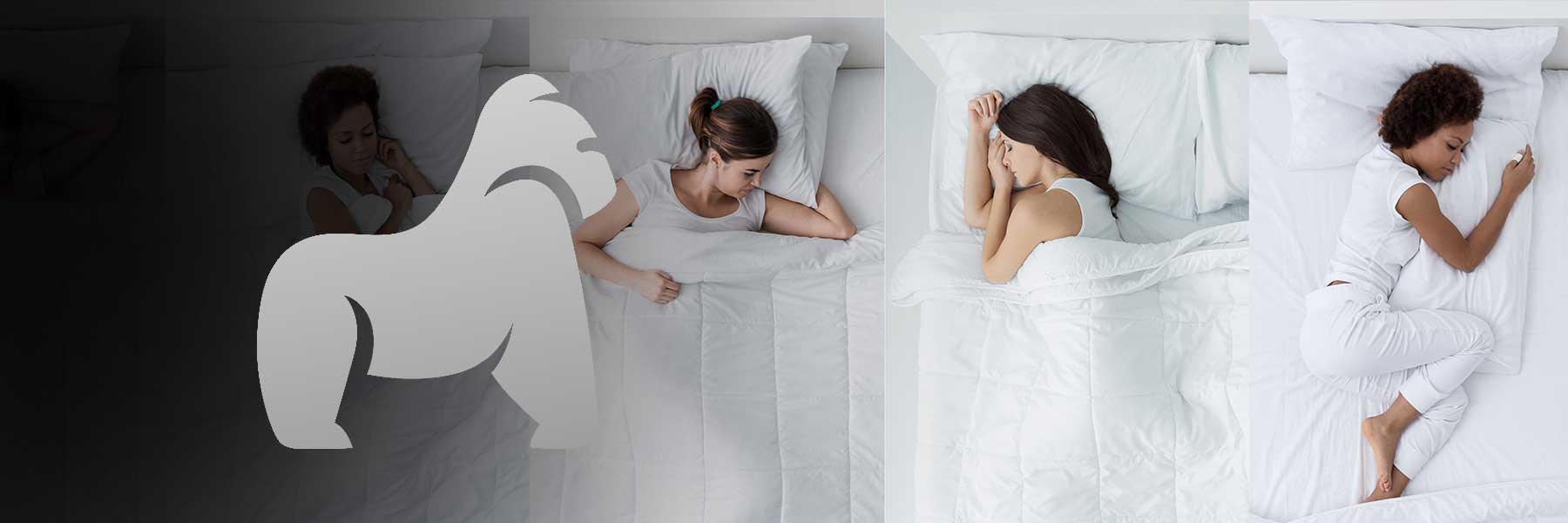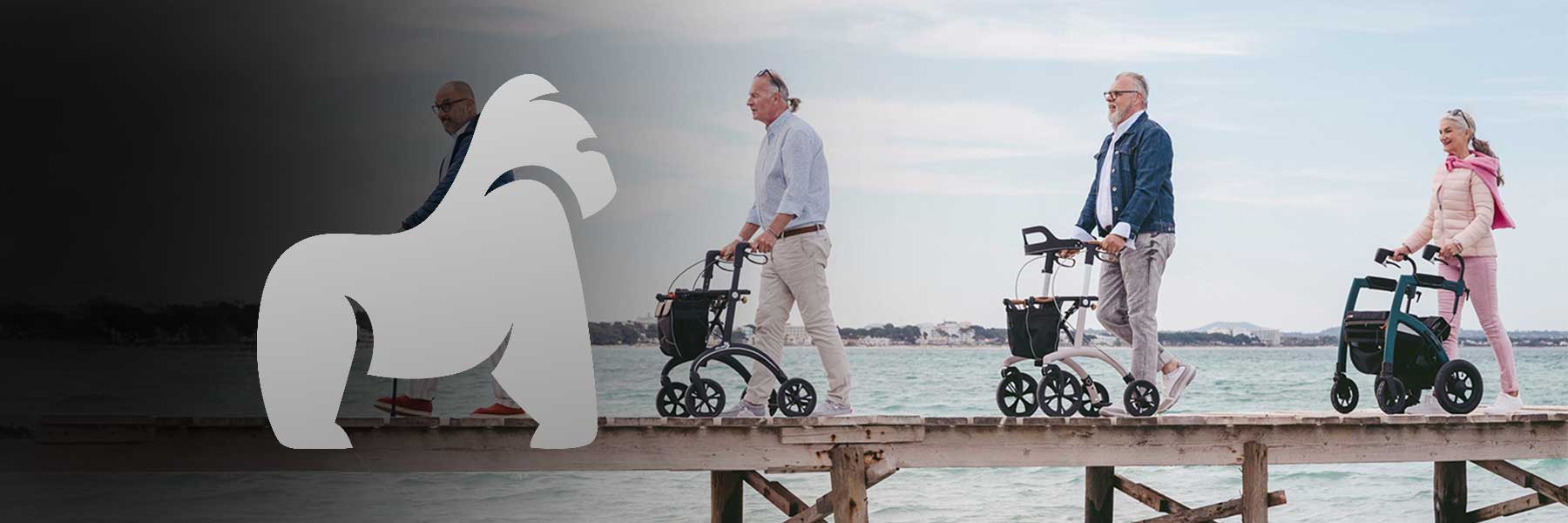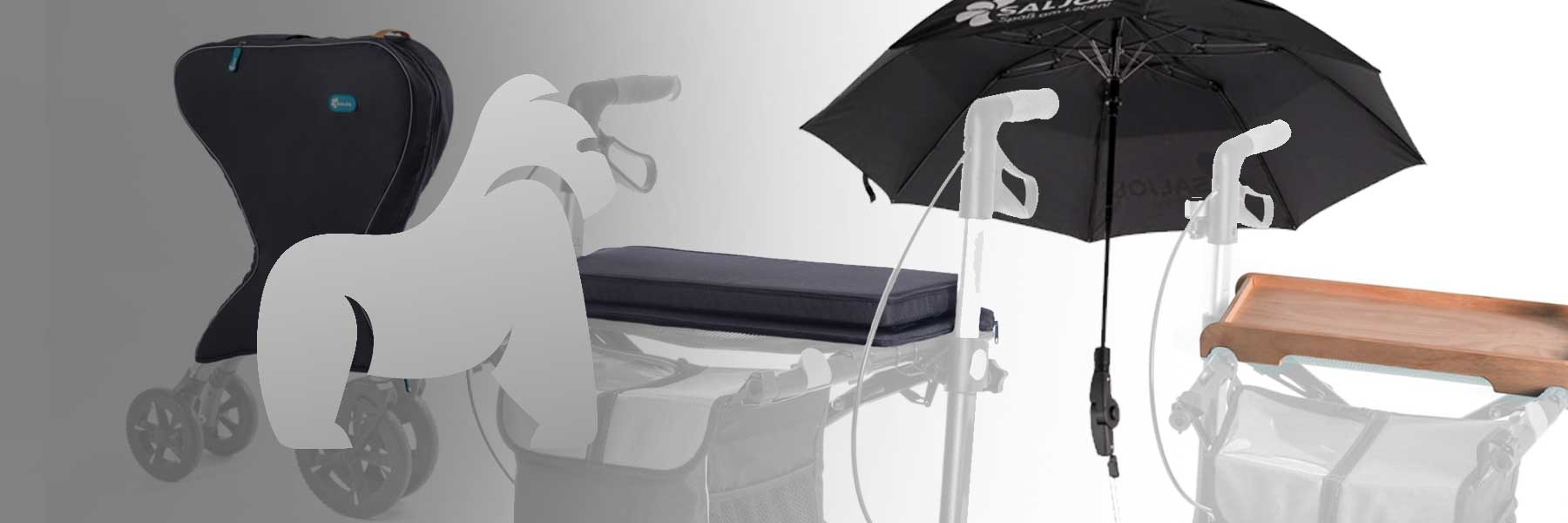3 Tips for the Proper Adjustment of Rollator Walkers
Depending on the area of use, it is important to find the right Rollator Walker for you or your relatives. Should it be used exclusively indoors, for example in care facilities – or for shopping and leisure to increase mobility? No matter what the intended use of a Rollator Walker is – there are several things to consider when choosing. These include factors such as weight, tires, options for easy storage, material quality, and especially the available accessories.
The selection is large; questions about load capacity, adjustment options, and safety are important decision factors for the eventual user. Because everyone has their individual needs for this important support in everyday life. What should you consider to be able to adapt a Rollator Walker to your body and daily routine?
Good stability, low weight, and ease of movement are the most important features of a good Rollator Walkers. Whether in use or folded at home, folding or tipping over should be excluded; also pay attention to the workmanship, especially on the frame and screw connections. If stairs need to be overcome, a low weight is also a decisive advantage – it should not exceed 8kg. Since seniors lose strength over time, easy-rolling wheels also play a role on poor flooring.
In principle, all Rollator Walkers are height-adjustable to fit the users, but there are also special models for very small/very tall people or heavyweights. A Rollator Walker should therefore be precisely adjusted to your height.
Mastering Everyday Obstacles
Unevenness such as cobblestones shakes the user due to the lack of shock absorbers – softer tires provide relief here. The wheel size also somewhat reflects comfort – larger wheels increase ease of movement and do not transmit every pebble to the handles. They also help to better overcome entrances to shops that are not fully lowered.
More difficult to master, however, are stepped entrances or the boarding of public transport such as buses or trams. To overcome these obstacles, the right technique for tilting and proper stabilization using the brake is needed. Likewise, Rollator Walkers tend to slip on very smooth floors such as in buses and trains during braking maneuvers or in curves. To ensure truly safe handling, only repeated practice helps. In Rollator Walker training sessions, which are also offered regionally, you will learn more tips and tricks for handling your walking aid. There are topic-specific tailored offers for, for example, overcoming barriers in your own home, assistance with using public transport, or fall prevention through proper handling of the Rollator Walkers.
With us, Gorilla Gesund, you stay mobile in the long term!


































